Some of the games industry’s most talented and experienced designers are making the leap from game development to academia. But how do you teach the art of making games?
After Disney closed down his most recent studio Junction Point in 2013, Warren Spector, legendary designer of Deus Ex and Epic Mickey, moved into education. Rather than start a new studio, the renowned designer became the programme director of the Denius-Sams Gaming Academy at the University of Texas in Austin.
Spector is not the only games industry veteran making the leap from mainstream games development to academia. Another such person is Richard Lemarchand, the former lead game designer of the Uncharted series at Naughty Dog, who left the studio after Uncharted 3’s release in 2012. He’s now a tenured associate professor at the Interactive Media Division at the University of Southern California (or USC for short), perhaps the most well-known games academia programme. In 2012, meanwhile Loot Drop COO Brenda Romero became game designer in residence at UC Santa Cruz. She now heads up the entire game design programme, alongside her husband John Romero. Brenda says a passion for talking about games design is one big reason why more developers are heading towards academia.
Some of the games industry’s most talented and experienced designers are making the leap from game development to academia. But how do you teach the art of making games, and what is the attraction of teaching for these veteran developers?
“Part of it is that you literally love talking about game design… seeing a student come in and achieve success is its own tremendous reward,” says Romero. “For some people, there might be nothing in that. But I’m sure among all the other game developers I knew who ventured into game education, that is probably the biggest reward.”
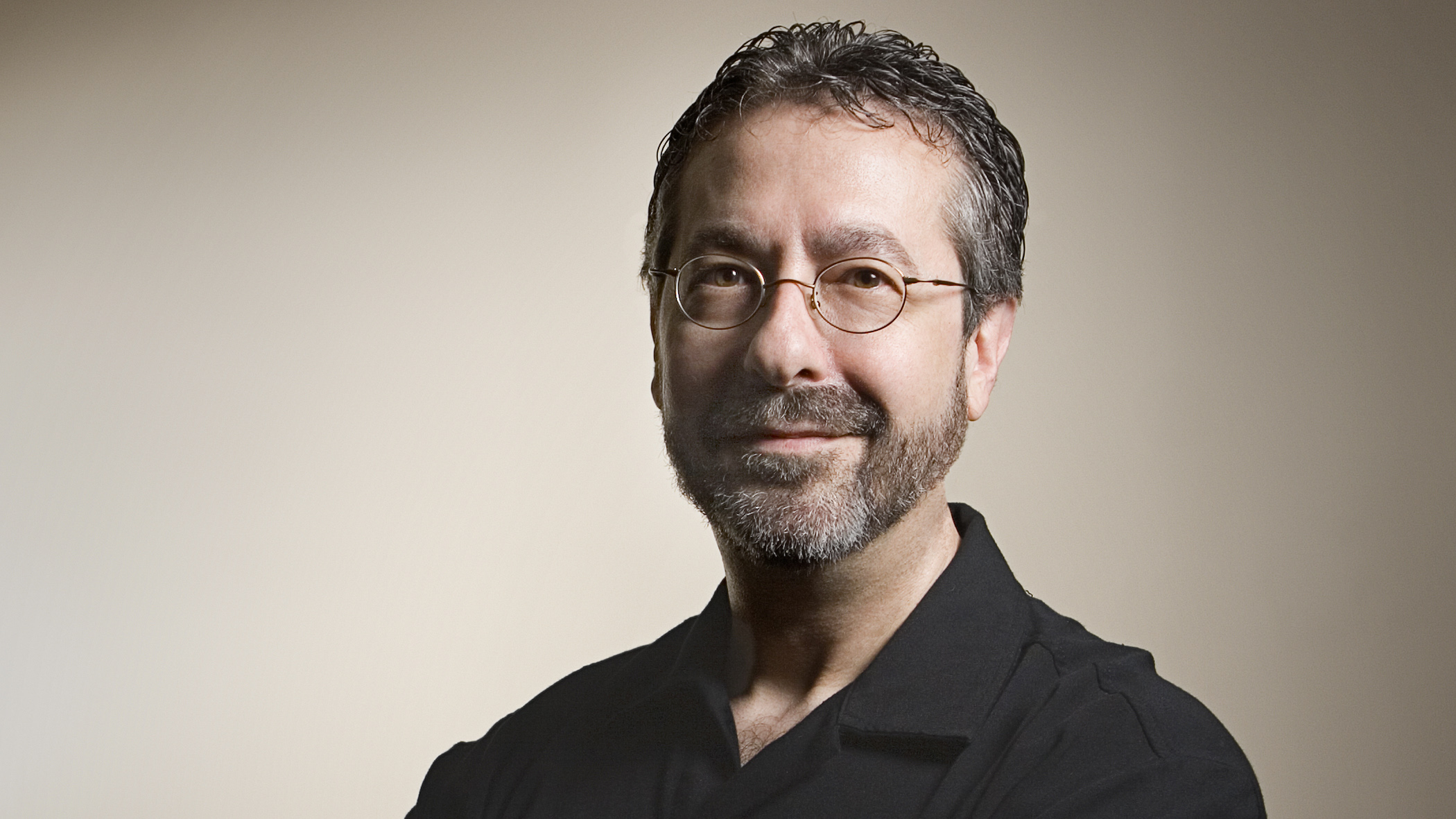
Teaching also allows Romero more free time to make experimental board games, including the ‘Message is in The Mechanic’ series . These include Train, in which players unknowingly load passengers onto a train bound for Auschwitz, and The Irish Game, which draws on Romero’s family history from the Cromwellian invasion of Ireland.
“Working in academia allows me to pursue this completely non-commercially viable line of work and that’s important to me. I think for many game designers, we’re also artists and sometimes, the things we want to create don’t necessarily mesh with the things that are financially, commercially viable. I’ve had a lot of requests to sell my games, so I guess they would be commercially viable, but I choose not to sell them because I don’t want to duplicate them. I think for many people, those are the draws.”
I asked Spector and Lemarchand what the culture shock was like moving from large studios like Junction Point or Naughty Dog into a teaching role. Lemarchand admits that in some ways, teaching is easier than a 9-to-5 day job at a game studio. But for Spector, teaching at a state institution like UT Austin meant dealing with more bureaucracy, not to mention more lectures and talks.
“Being part of a state institution, there are so many rules and regulations about what you can and can’t do and how you do things,” he says. “I was a little surprised by that because life at Disney prepared me for any kind of bureaucracy.”
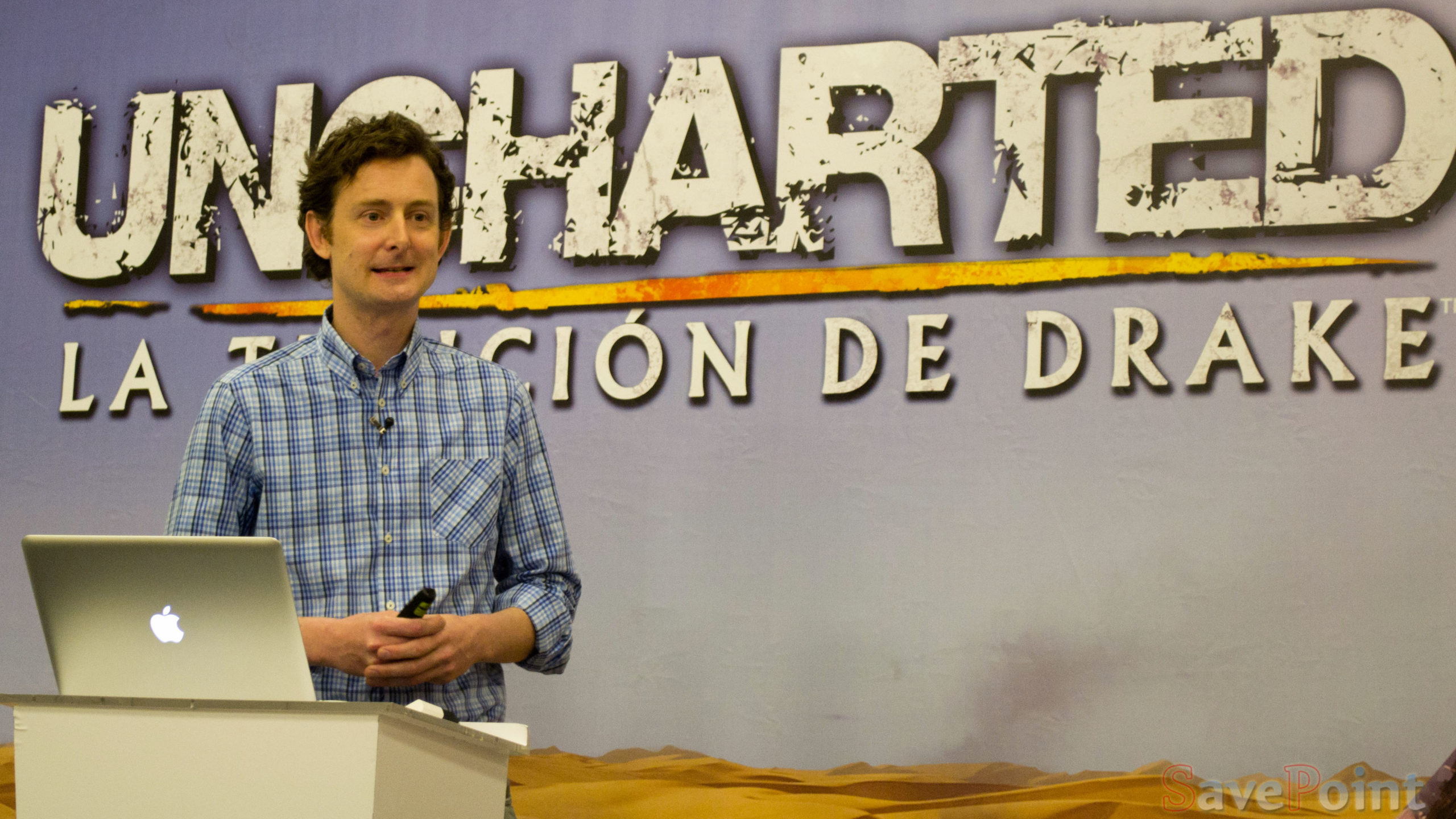
“But the real day-to-day challenge is, for all of the lectures I’ve given at GDC and at universities around the world, there’s a radical difference in teaching on a regular basis. Preparing one talk a month or every couple of months is one thing; preparing to speak to a group of people who are expecting to learn something from what you’re saying – doing that three times a week in some cases – is a real challenge.”
He adds: “The other thing that has kind of surprised me is on a daily basis I find myself asking, ‘what are these other programmes teaching people?’, because the students in my programme are coming to us with very little understanding of how the games business really works and how to run a sustainable business if you’re on the indie side … They come in knowing virtually nothing about that because of the way game development is taught at basically every other institution. That’s been a real challenge, trying to figure out what these students know and don’t know and then being amazed by what they don’t know.”
How to learn to make a video game
Different programmes take different approaches to teaching game design. At USC, it’s about starting out on your game with simple, physical concepts – something done before by developers like Hideo Kojima, who used LEGO while developing Metal Gear Solid 2, or Treyarch’s David Vonderhaar and Colm Nelson using board games to shape a critical aspect to Call of Duty: Black Ops 2’s multiplayer.

“The very best way to teach game design is to set up a system where someone can make a simple game,” says Lemarchand. “If someone knows how to programme or use a computer to make art, animation or audio, we have lots of great tools that will let us get going very quickly, tools that are easy to use and affordable like Unity 3D, the Unreal Engine and things like GameMaker and Construct 2.
“Most digital game designers now accept that you can make great progress in the early stages of a game design by making a non-digital game like a board game or maybe a card game or maybe even acting out the events of the game using action figures or LEGO. By making physical games in that way, we start to understand both the systemic aspects of our games in terms of the rules of logic and of the numerical operations, and the spatial operations that will make up the mechanics of the game.”
For Romero, it’s about focusing on what you’ve been taught, then refining major skills.
“The very beginning [of teaching game design] is ‘what is a core loop? What does a core loop in a game look like?’ There’s lots of basic skills, and if you imagine a game designer having a tool box, I’ve more or less used the same tool box since 1981. I’ve added things to it, I’ve refined the things that are in it, but it’s more or less the same skill set about what is a good core loop. Is it innovative, is it something that’s interesting to players, is there a good progression through the game, do they have good feedback so they know what the heck they’re doing?”
She continues: “All of those things remain consistent game-to-game, genre-to-genre, year-after-year. So I believe you can teach that. There’s a question that often comes up that’s related to this, which is “can you teach stand-up?” I think Louis CK is hysterical – so I could give Louis CK’s entire material to somebody else, they could practice it, but if they’re not able to pass it off, then there’s a problem.”
Hideo Kojima’s use of LEGO during development of Metal Gear Solid 2 can be seen in the making of video for the game. Skip to 5:05 where he shows off a LEGO model of the Big Shell. It’s a good example of developing physical prototypes before moving forward.
Romero also thinks it’s important to engage other industry veterans, such as Lemarchand and Spector. “The area I see growing the most is game industry veterans going into education as you’re seeing with me, Warren, Richard, Tracy Fullerton, Eric Zimmerman, Frank Lantz. There’s a trend of game developers who have worked in the industry who, for whatever reason, love the idea of going into education. And schools are increasingly receptive to that idea and not necessarily requiring people to have PhDs or what-not to teach. That said, Warren Spector has a PhD.”
Rising demand
Spector observes that the demand for game design programmes is rising, which is leading to increased demand for teaching. The more people are interested, the more schools, universities and colleges will be involved.
“There are certainly more and more people and institutions that want to be involved because one of the early educators. Henry Jenkins, said once: ‘There was a time when everybody coming to college wanted to become the next Steven Spielberg’. And radio and TV and film departments were bursting at the seams because they had so many students. Now, people want to become the next Will Wright. There are a lot of people interested and that gets colleges and universities interested in a major way. Heck, even the Boy Scouts in the United States have a merit badge for game design, which is amazing to me.”
20-odd years ago, you’d be lucky to find any college or university offering any game development courses, compared to what USC, UCSC or the Denius-Sams Gaming Academy are offering today. At best, you had to be taught by fellow developers, as Lemarchand was (he studied physics and philosophy at university, then was helped by former colleagues Mike Brunton, Jim Bambra and Steve Hand) – or you had to be self-taught, like John Romero.
Now it’s much easier to learn in a more formal way. There are more books on games development (Lemarchand cites ‘Rules of Play’ by Eric Zimmerman and Katie Salen as a “de facto masters level game studies text”); tool kits like GameMaker or Twine or Unity are relatively easy to learn and very flexible; and there is no shortage of video guides that help budding developers on their way (one example is Gunpoint developer Tom Francis’s YouTube tutorials on GameMaker). Not to mention that Unreal Engine 4 from Epic Games, Unity 5 and Valve’s Source 2 are open to anyone to use, for free.
But it may not be enough to join courses like at UCSC, USC or UT Austin, reckons Romero. If anything, it’s better to start sooner and younger rather than rely solely on a taught game development programme.
First part of GameMaker tutorial by Gunpoint and Heat Signature’s Tom Francis
“I’m finding people [are] late to really start working on their major until they get into college,” she says. “So they know they want to be a game developer more than anything, they know they plan to go to college to enter game development, yet they do little except for play games up until that point. And the reality is, having done so, they are ten years behind by the time they hit their first game development course.”
“You can see it echoed in those students who come in already with game making experience [and] are way ahead,” she adds. “They just understand so much more than the students who show up just learning how to do it for the first time. So I think one of the big cautions I have is: don’t wait until you’re in college. College is a great place to refine it, but start now.”
Romero also warns against over-reliance on currently-available tools. “They are able to code fine within the environments a tool provides, but outside of the tool, not so much. And that to me is concerning because it allows you to only create within the box that the tool provides you. Whereas the fundamental principles of programming, of design, those remain the most key things. Your ability to understand things like C++ is absolutely necessarily and a pure reliance on a tool won’t give you that.”
A great example of developers starting out young is Gunman Taco Truck. The concept came from the Romeros’ ten-year old son, and the whole family work on it together every other weekend, via a gamejam which is also livestreamed occasionally on Twitch. The game may even be made commercially available at some point.
How students learn
USC’s games programme has students break into small teams, while for UC Santa Cruz, they break into teams of two, three or four. According to Romero, it’s “pretty close to the way one would run a game studio.” At the Denius-Sams Academy in Austin, they have a specially dedicated lab where students will spend the seven months working on one big project as a 20-person group. It’s significantly different from the smaller teams of USC and UCSC.
So does bundling them together make it easier, instead of splitting them into smaller teams?
“No,” replies Spector. “There are times where I’ve spent sleepless nights going, ‘why do you always do things the hard way? Why don’t you just let them do little games and we can just talk about what the real world is like?’ Again, in the mainstream of game development and I would even argue in the indie world, the actual conceptualisation of a game and the management of a very small team is about everybody is sitting in the same room. Sometimes, you’ll end up sitting next to someone who you can’t stand and you’ll feel like someone isn’t doing enough work or isn’t committed enough or doesn’t take direction well…”
Spector admits the Denius-Sams academy wanted its students “to confront the kinds of problems” that “big game teams” face to see what they can expect if they find themselves in leadership positions at studios. “We wanted them to experience that here, so we had to do something different and it’s way harder.”
What people make
Some of the games that come out of these courses are viable in and of themselves – but one of the advantages of game design courses is that there is no commercial pressure to release something at the end of it. One of Spectors’ students’ projects is The Calm Before, made for PC. It was previously a survival game where the player finds themselves advancing through different islands, attempting to survive what Spector describes as a “sent-by-God storm.” It’s since changed pretty dramatically – Spector describes it as a mix of Deus Ex and The Legend of Zelda: Majora’s Mask – but it retains the core concepts and setting.
The game was shown publicly before GDC at the Intel booth. Spector explains that it’s what the students learn during the academic year, and not the game itself, that is the product of Denius-Sams academy. “If we never finish this game, I’m fine with that. If it never ends up on Steam Greenlight or it never ends up being sold anywhere, I’m really ok with that because what I want is for the students to learn what game development is really like. Not, ‘hey we’ve got to ship this thing’.”
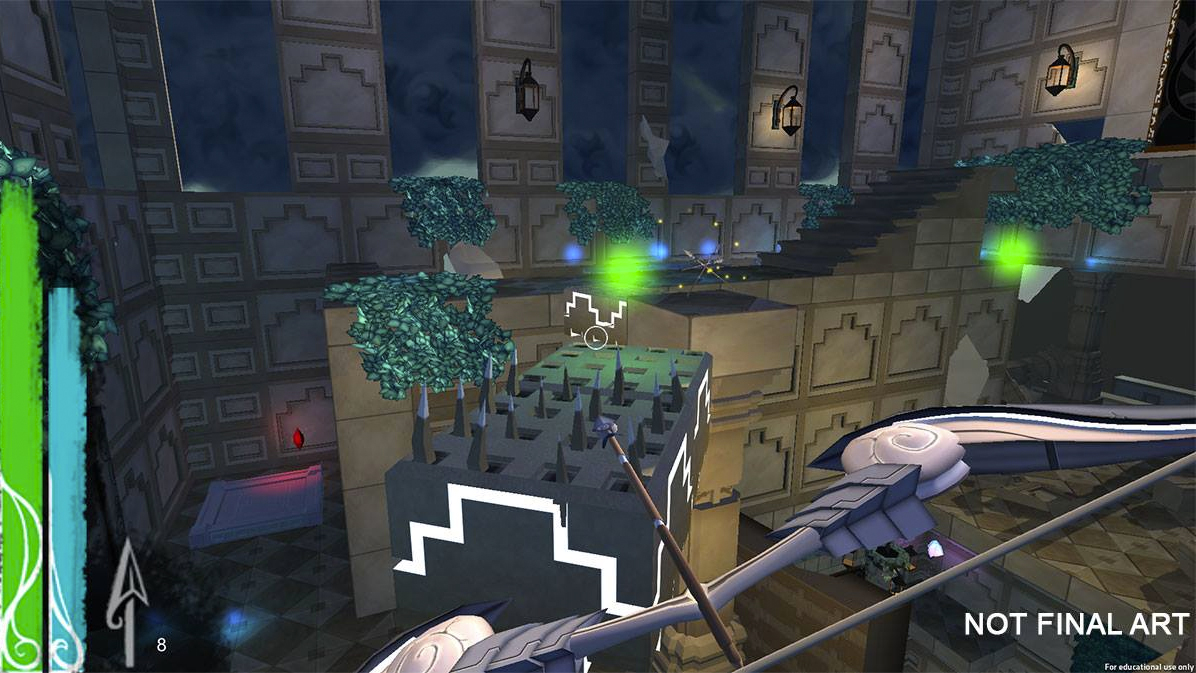
UCSC has taken multiple games to the Independent Games Festival, with Squinky Kiai’s Dominique Pamplemousse up for four awards at the 2014 IGF, including the Seumus McNally grand prize; Ice-bound from Aaron Reed and Jacob Garbe up for the Excellence in Narrative award at this year’s event; and Reed’s previous standalone game 18 Cadence an honourable mention for the Nuovo Award at the 2013 IGF. Other alumni include Rainbros, who released Stop Thief!! on iOS and PlayStation Vita mid-August.
What Remains of Edith Finch, coming to PlayStation 4 next year from Giant Sparrow and USC alumni Ian Dallas
USC’s games programme is perhaps the most famous of all games academia programmes, thanks to some notable alumni: Jenova Chen and Kellee Santiago, the co-founders of Journey developer Thatgamecompany; Ian Dallas, who went on to found Unfinished Swan developer Giant Sparrow, now working with Sony Santa Monica on Whatever Remains of Edith Finch; The Odd Gentlemen, who just released the first episode of the new King’s Quest; and Threes creator Ashar Vulmar.
In doing some research for this piece, I came across a couple of intriguing games from USC, such as Vanishing Point, Howie & Yarla and Cole – the latter a game from a class taught by Lemarchand and colleague Peter Brinson. Lemarchand himself is enthused about Elementerra, a VR-driven project he describes as “Minecraft with a voxel engine”, where players can terraform the world around them into “very cool looking, seamless terrain.”
Lemarchand is massively excited about VR and AR (augmented reality), but that’s not the only tech that can be used as part of teaching. He cites another project from two students using something called Arduino, a controller input with a robotics interface that’s compatible with tools like Unity.
“My students Elaine Gomez and James Hughes made a digital first-person screen-based game last semester, where they used a fluffy toy bunny as an input mechanism in a story about a little girl exploring her house alone at night and feeling very scared. And they used Arduino to connect the bunny to the digital game so that hugging the bunny could act as an input for the game.”
“That’s just one example of the kind of interesting things students can do with all this amazing technology right now. I could go on and on about this, but we’re really at an incredibly exciting place in the world of game development and game teaching because of the relative ease of use and affordability of all of these new kinds of technology.”
A short snippet of Elementerra in action. This looks really cool
Spector is not as convinced; he had his digital fingers burned by VR two decades ago. “This is where I look like an idiot in five years, but I just don’t care,” he laughs. “I was a big supporter of VR in 1994 when we did System Shock and Wings of Glory and supported the Vortay VFX1 headset and the Cybermax headset. And I just don’t believe fundamentally that people are going to want to put a goofy set of glasses on, isolate themselves from the world and play games that way. They’re not going to want to look stupid and they’re not going to want to be so isolated they can’t tell when somebody’s looking over their shoulder making fun of them.”
“Prediction is a fool’s game, but I personally don’t have any interest and I think there’s a lot of hype and a lot of buzz. And I’ve certainly put on an Oculus Rift and seen some cool stuff, but as a player, I’m not very interested and as a developer, I’m not interested at all.”
Teaching and development can go hand-in-hand
But is it possible for these teachers to make time for their own development projects alongside their students’? Brenda Romero is working on Gunman Taco Truck with her family, but is also working away on a Loot Drop project. She’s also continuing the Mechanic is the Message series, helping out on the reboot of John Romero’s classic game Dangerous Dave, plus two other games in pre-production under the Romero Games banner.
As for Spector, it was announced earlier this year he would be consulting on Underworld Ascendant, which came about after discussions with Other Side founder Paul Neurath alongside his work at the Denius-Sams Academy. He admits he’s still finding his feet within academia and is open to a return to game development with a small startup, but only if the perfect opportunity presents itself.
“I’m still sort of weighing up, ‘is the educational world the place for me to stay now? Will I ever have time for side projects? Do I go back and do another start up?’ I would probably do another startup because I like to work on a smaller team. Somewhere between a dozen and 25 people can really do some amazing stuff, so I’d probably end up somewhere in that world and I’m still weighing that. That’s the most honest answer I could give you.”
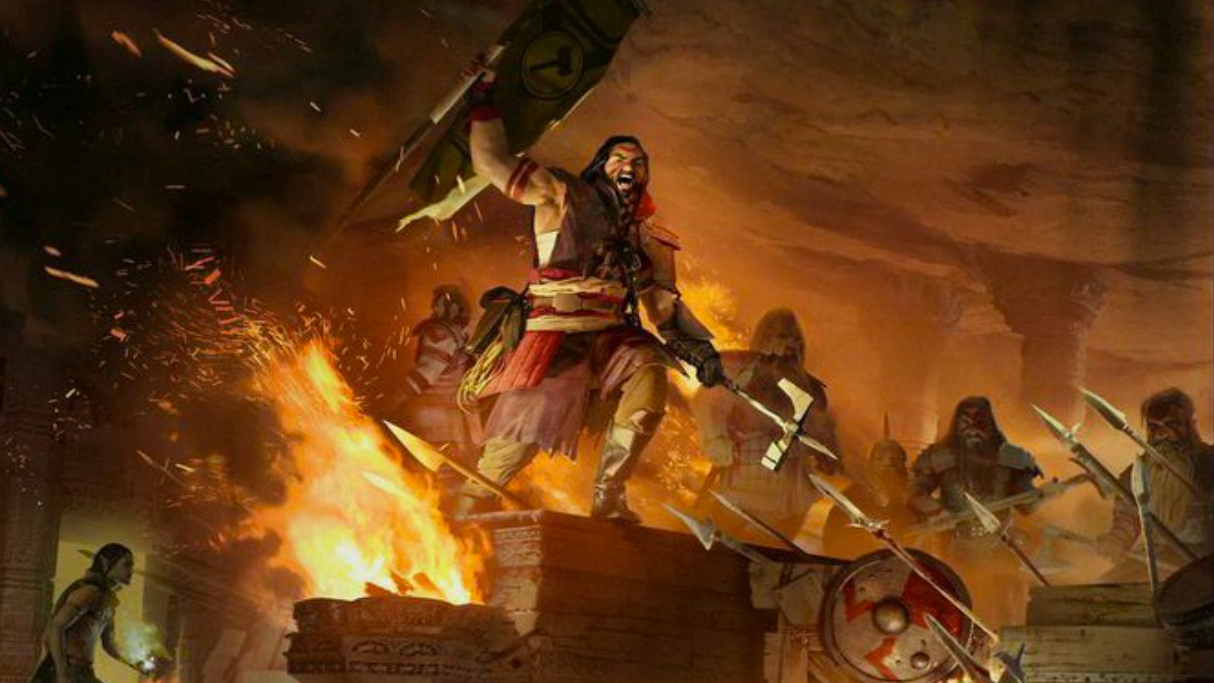
Lemarchand’s next project is a VR-based game made with USC student Martzi Campos. The title fuses “the character of an art game” with “elements of installation art”, and the experiential gameplay of Dear Esther, Proteus and Walden, made by USC games programme head Tracey Fullerton.
“We are very interested in the way that too often, the transition between the real-world and the virtual world is sudden and jarring,” says Lemarchand. “So we were interested to see if we could use elements from installation art and the kind of environmental narrative design we see in theme parks to help ease that transition.”
I asked Spector, Romero and Lemarchand what their tenures at USC, the Denius-Sams academy and UC Santa Cruz have taught them about making games. For Spector, it’s a bigger emphasis on accessibility.
“For better or worse, the core gaming community is not the be all, end all it used to be. We used to make games strictly for ourselves. And at this point, I’m not sure that is a viable model. We have to reach beyond. When games are costing 40, 50, 100, 250 million dollars to make and promote, the core games community can’t sustain that. And so we have to focus on accessibility. That doesn’t mean we have to sacrifice depth of play, but we have to find ways not to scare people off with complexity of play.”
“And I see those two things as different. I think part of the answer is we need to recognise the reality that most people don’t have 20 hours to devote to a single game. So I think we need to be focusing on shorter, complete, maybe more replayable experiences rather than the 20, 40, 100 hour games of the recent past. I think that’s the main lesson, finding ways to be more accessible to normal humans.”
Romero was recently honoured with the Ambassador Award at the Game Developers Choice Award by Spector. Watch it from 22:12 in. It’s a really terrific speech too.
For Lemarchand, if he left USC tomorrow, his key takeaway would be one that he previously learnt at Naughty Dog, now refined by his time in the IMD at USC.
“The very best way to design a game is to get on and build it, to not spend too much time thinking and planning but to use whatever tools we have in hand to make, to set an experience goal for our game that we can then work towards realising by building things, trying them out on people, seeing how they land on people.”
“This is a lesson we learned in the creation of the first Uncharted, which I spoke about in 2008 [at GDC]: the way that, after facing a minor crisis in the development of Drake’s Fortune, we had to go back to the drawing board and [Naughty Dog co-presidents] Evan Wells and Christophe Balestra did an amazing job of keeping us focused on gameplay that we could playtest and refine.”
“That was the production approach that I brought to my teaching here at USC and which I’ve found to be enormously successful in working with student teams, just as it was out in the industry.”
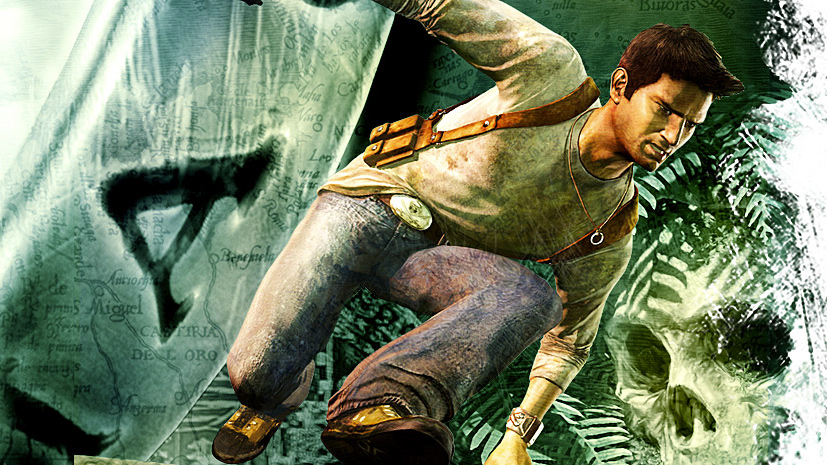
Romero thinks hard when I put this question to her. She eventually replies that games academia “reinforces the core principles of what makes a great game almost every day,” even if the experiences crafted in games aren’t exactly entirely for the sake of fun.
“When I first made Train, there was a lot of answering I had to do in terms of ‘how could you make a game about that’? And nowadays, that question doesn’t come up. It seems like yes, maybe it’s because of the critical reception Train had too, but I remember back then people saying, ‘but those aren’t fun topics, Brenda, why do you want to make games about that’? And even though a game needs to be compelling, there’s lots of movies that we find to be satisfying experiences, even if that satisfying experience is not one that is pleasurable.”
“I think games can have that same level of efficacy as films. We’re seeing this tremendous growth of games that are looking to do things that are broader than just fun experiences.”
Despite the demanding nature of games academia, it can still be a great environment for veteran designers to pursue their own projects – though not as part of (or head of) a 50- or 100-person team. But after a 20-plus-year career in the games industry, it’s only natural to want a change. Who knows – perhaps Hideo Kojima’s Script Workshopping will soon appear in a course list next to English Literature.
Johnny Cullen is a freelance writer from Derry, Northern Ireland. He talks a lot about The Last of Us, Metal Gear Solid 3, Jonsi & Alex and more on Twitter @JohnnyCullen.


Comments
One response to “Can Great Game Design Be Taught?”
Video games are insanely complex. It can have everything a book has plus more, it can have everything a movie has plus more, it has its own things… Like graphics (I guess special effects in movies are like this) controls (something no other industry really has to worry about)… its a combination of all these things.
As of right now its hard to make a good game because we are still learning what a game is, its such a new platform for creative minds to work with I doubt we have even begun to see what is capable, and that is not taking away from great games already.
We have seen great games that tell a story like movie, uncharted comes to mind… we have games tell a story like book, any old school RPG. But few games tell a story like a game, and we are just seeing that now. Dark souls has an unusually methodology for telling a story that is cool. Games with massive branching stories like Life is Strange takes things to a level that no choose your own adventure book or movie could ever hope to achieve. Open world games let you interact with the world in a way that no movie or book can, thus letting you experience it a little differently each time.
Its an insane industry. And just like any other industry we will have bad games, good games and great games, games that follow the leaders and leaders that innovate. I doubt conventional teaching will work for teaching the next generation of designers, tech moves too fast. The ridged style of a classroom seems out of date these days… Been a while since I went to school but.
Very interesting read, for me anyway I have no idea where gaming will be in 20 years, and that’s what makes it exciting, as soon as you feel the industry is starting to become stagnate it surprises you with something new. Its an industry were you can teach yourself to code etc and make something special like super meat boy or join a massive company and help create the next call of duty or assassins creed.